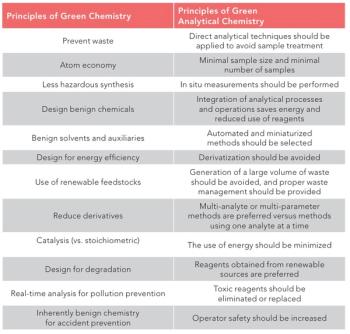
- The Application Notebook-10-02-2014
- Volume 0
- Issue 0
Analysis of Oligopeptide Hormones at Low and High pH on EternityXT Columns
Akzo Nobel
Polypeptide hormones play key endocrine functions in humans. In particular, angiotensins are oligopeptide hormones, critical in the regulation of body fluids which ultimately affect blood pressure levels in individuals. A UHPLC method based on reversed-phase chromatography was created for the analysis of angiotensins using EternityXT C18 UHPLC columns, which can work under a wide range of pH and withstand exposure to solutions of NaOH beyond typical clean-in-place conditions.
Experimental Conditions
The sample mixture used in this study consisted of three angiotensins:
Angiotensin I Asp-Arg-Val-Tyr-Ile-His-Pro-Phe-His-Leu
Angiotensin II Asp-Arg-Val-Tyr-Ile-His-Pro-Phe
Angiotensin III Arg-Val-Tyr-Ile-His-Pro-Phe
These samples were analyzed under low and high pH reversed phase gradient chromatography.
Low pH conditions: mobile phase A 0.1% TFA in water (pH 1.9), mobile phase B 0.1% TFA in acetonitrile, gradient 0 min 9% B, 10 min 36% B, flow rate 0.7 mL/min, monitored at 220 nm.
High pH conditions: mobile phase A 0.1% ammonium hydroxide in water (pH 11.0), mobile phase B acetonitrile, gradient 0 min 5% B, 10 min 40% B, flow rate 0.7 mL/min, monitored at 225 nm.
Figure 1: Separation of Angiotensin I, II, and III using a 50 Ã 2.1 mm EternityXT 1.8-C18 column. Conditions (low pH): mobile phase A 0.1% TFA in water (pH 1.9), mobile phase B 0.1% TFA in acetonitrile, gradient 0 min 9% B, 10 min 36% B, flow rate 0.7 mL/min, detection UV @ 220 nm. Conditions (high pH): mobile phase A 0.1% ammonium hydroxide in water (pH 11.0), mobile phase B acetonitrile, gradient 0 min 5% B, 10 min 40% B, flow rate 0.7 mL/min, detection UV @ 225 nm.
Results and Conclusions
Chromatographic retention changes and selectivity under low and high pH conditions were evaluated using EternityXT UHPLC C18 for the separation of angiotensins under linear gradient reversed phase conditions. Figure 1 shows two chromatographic results, the top chromatogram was obtained using pH 1.9, while the bottom chromatogram resulted from using pH 11. As seen in the figure, while the mixture used in this study contained three peptides, the analysis at pH 1.9 resulted in a co-elution of two out of three compounds. On the other hand, by increasing the pH of the mobile phase to 11, complete resolution among the three peaks was achieved. Further, evaluating the top and bottom chromatographic results, it is seen that selectivity reversal between Antiotensin I and III can occur by adjusting the pH of the analysis. Finally, the results shown in the figure illustrate the utility of using EternityXT UHPLC columns where a wide range of pH can be explored to achieve the best separation possible and to benefit analysts working with oligopeptides in the laboratory.
AkzoNobel
Strawinskylaan 2555, 1077 ZZ Amsterdam, The Netherlands
Tel: +31 20 502 7555
Website:
Articles in this issue
about 11 years ago
Hyaluronic Acid (Polysaccharides)about 11 years ago
Molecular Weight Determination of LMWH SEC–MALS vs. SEC–UV–RINewsletter
Join the global community of analytical scientists who trust LCGC for insights on the latest techniques, trends, and expert solutions in chromatography.




